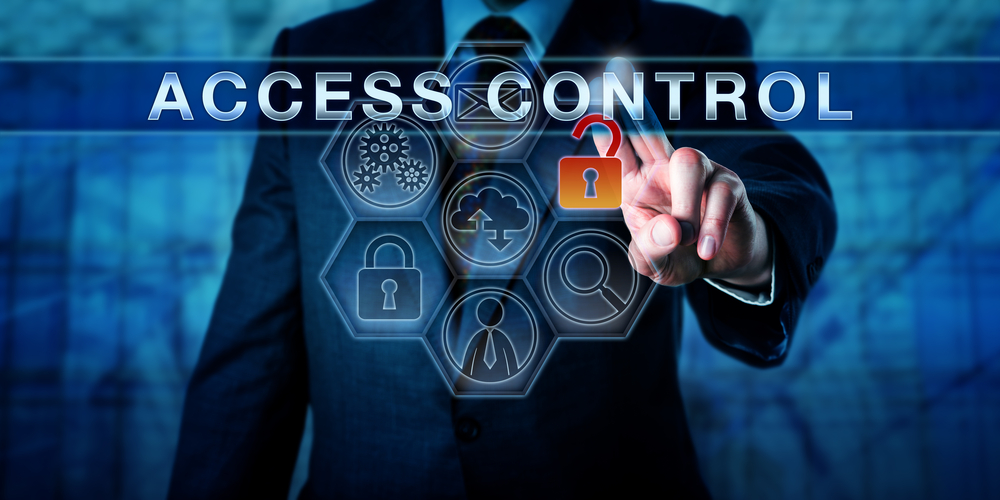Many end users are unaware of the options available for security system architecture, from encryption to cabling, that impact immediate deployment and future flexibility.
Access Control
Access control systems are one of the first security options organizations will choose. These systems control doors and determine allowable entry with credentials. When choosing the right security partner for your access control system, there are a few things to consider. Let’s look at two key topics: card types and infrastructure.
Leading Technologies
Access control cards offer two benefits. They carry the specific identifier required to open a door and they are often printed with visibly identifiable information such as employee name, level of access, etc. On the outside, these cards look amazingly similar, however, the electronics inside can be quite different.
Weigand is a technology that has led the access control industry for decades. This technology is the standard built into the access control credentials as well as the various devices that comprise the entire system. A newer option to consider is ODSP. ODSP brings a different flexibility to the system architecture and function.
What’s important to note is that devices and cards are not interchangeable. For instance, if you have Weigand door readers you must have Weigand credential cards.
Card Types
Credential codes are embedded in an electronic chip with user and site-specific information that allows the card carrier to access specific doors or areas within the facility. On the outside of the card is the employee’s unique identifier, technology to allow the information to be sent to the door control reader, and technology to protect the data from being stolen and replicated.
Credential cards are incredibly versatile and unique to the facility and user. Since the card and user are specific to the facility, the card can’t be used at another facility. This characteristic is commonly called the facility code.
The information embedded in the card’s chip can be transferred to the door reader wirelessly and usually without direct contact. One of two common wireless frequencies are used for access control systems: 125 Khz and 13.56 Mhz with information most commonly in HID or NXP format.
The outside of the card can be blank white or imprinted with site and or person-specific information. Visible cues printed on the card allow for quick identification by other employees and enable them to question a person without appropriate identification. Unfortunately, a card can be lost or stolen then used by someone other than the intended card holder.
Aside from printed or not printed, another option is the credential type. Many facilities opt to use a fob that is then attached to a key ring or retractable device. Fobs are usually a small black plastic device without obvious markings. Other organizations can opt to eliminate card or fobs entirely and use biometric information such as fingerprints to authenticate a user. Even with biometrics, a decision must be made regarding system infrastructure, device communication, and security format.
Making the Decisions
Careful selection of a trusted, experienced access control solution provider is critical. The decision your organization makes today will be in place for the foreseeable future and will impact future decisions and capabilities.
Professional Security Partner
The Vision team can survey your facility, coordinate the design, and then professionally install and integrate the safety hardware and software. Vision can also create a custom Managed and Hosted Services plan, freeing up your team to perform their core responsibilities.
In addition to a solution that is tailored to your organization’s specific needs, Vision Security Technologies offers a customizable maintenance and service plan that optimizes integrated systems. The Vision Investment Protection plan, like your system, can grow and change with your organization. Together, you’ll uncover potential problems before they arise. Additionally, Vision Investment Protection provides onsite and remote response, safeguarding your investment and securing your facility.
Vision has full-time, highly skilled electrical engineers and AutoCAD professionals on staff. Our team can provide planned drawings, riser diagrams, and as-built diagrams in both electronic and hard copy formats for every project. We provide complete network installations, maintenance, database conversions, software installations, and upgrades. Our engineers have both Cisco and Microsoft certifications.
Contact the Vision team now to discuss the benefits of properly and professionally securing your organization.



